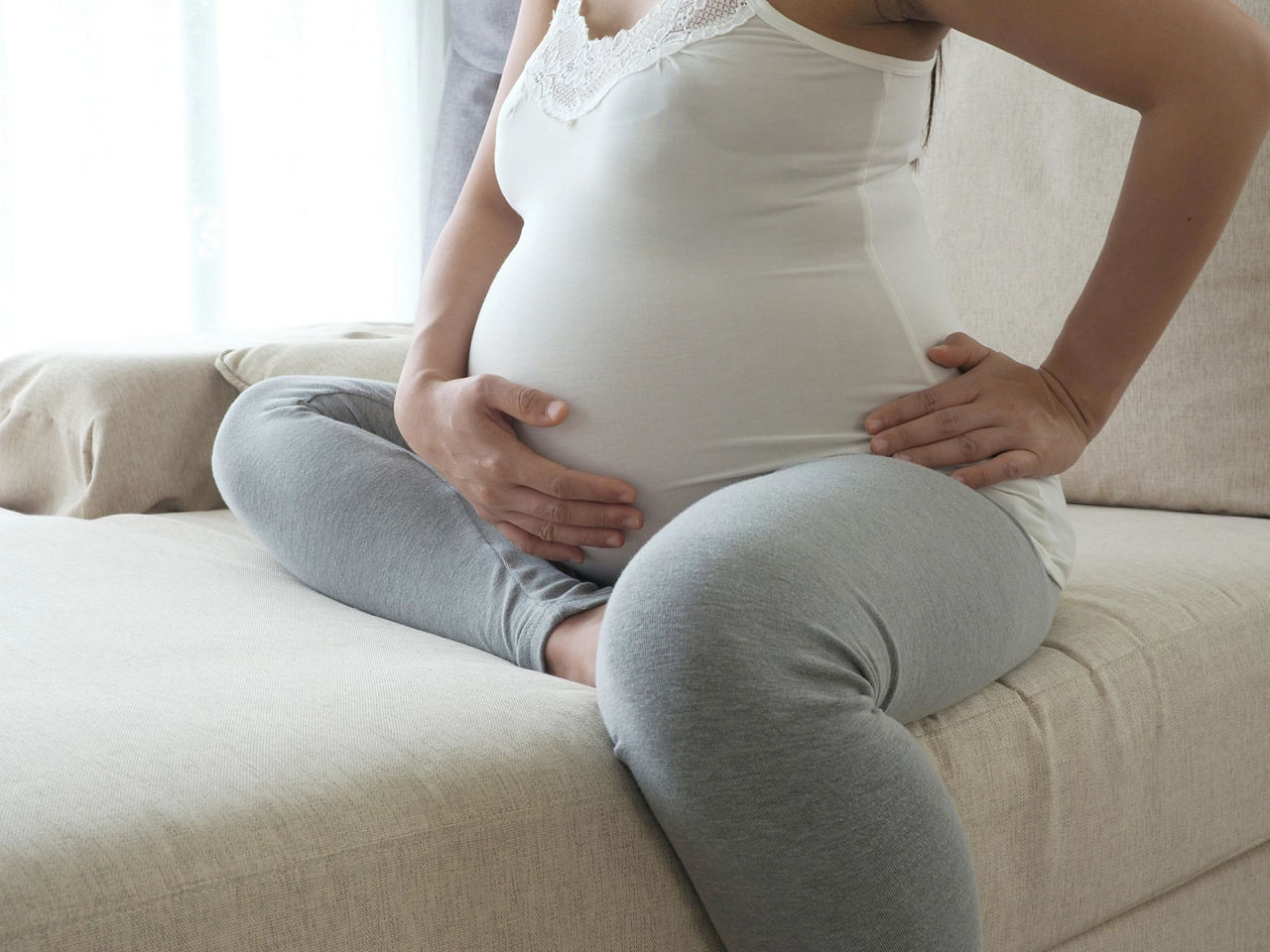Please read this important notice first
By pressing the continue button, you will be able to see information about Aptamil for infants and toddlers and other products. If you choose to continue, you voluntarily consent to Aptaclub providing this information at your request.
It is important that mothers' nutrition during the preparation period and breastfeeding itself is healthy and balanced. When introducing partial feeding with a pacifier, negative consequences on breastfeeding are possible, such as a decrease in the amount of breast milk. Re-establishing lactation is difficult once a decision has been made not to breast-feed. You have to consider the social and financial difficulties of feeding infants milk.
Improper use of infant milk, as well as inappropriate foods or feeding methods, can endanger the health of the child. To avoid health risks, strictly follow the instructions for preparing, using and storing milk. Infant formulas should only be used on the advice of a doctor, pharmacist or other health professional in the field of maternal and child care.


